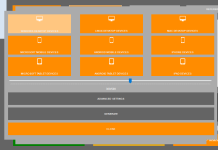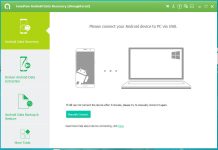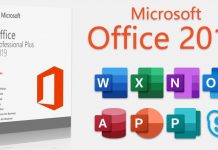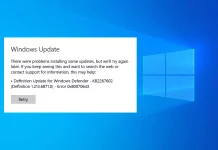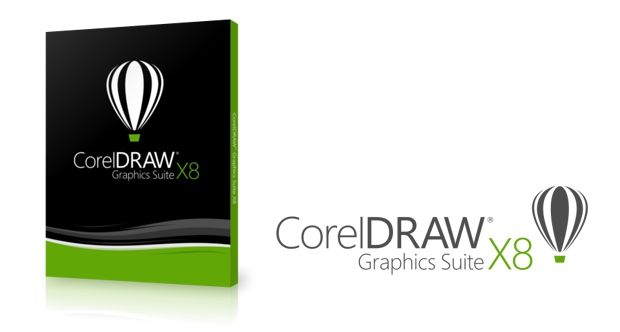Step 1: Register a Domain & Get Hosting
We need a domain and we need hosting in order to create an ecommerce website with WordPress.
First we’re going to register a domain. If you’re watching the Godaddy tutorial then you need to follow these steps.
There are a few different sources I recommend for domains and hosting but the best one has to be Hostgator because they’re –
- Fast
- Reliable
- Cheap
- Great Customer Service
Goto Hostgator and then choose between the Hatchling and the Baby plan. Once you complete the purchase you will get your cpanel login details.
Step 2: Install WordPress
- Login to your cpanel
- Click on quick install or one click wordpress install
- Select the domain that you just registered and click continue
- Type in your website information
- Click install
- And once everything is installed, you should have your login details for your new wordpress website.
Now login to your WordPress website.
Or go to your email and you will have your login information there
This is our WordPress Dashboard and where we will go to customize and create your ecommerce website.
3.Install a good ecommerce theme.
Goto appearace >> Themes add anew theme. WordPress have number of free ecommerce templates. Choose a good template.
4.Install the WooCommerce plugin
ecommerce features are supported in WordPress via a plugin called WooCommerce. Originally created by a third-party developer, WooCommerce’s user base grew quickly from launch and the plugin was subsequently acquired by WordPress’ developer, Automattic. It offers a comprehensive array of retail features out of the box and supports hundreds of third-party addons that further extend its capabilities.
In your WordPress administration dashboard, head to Plugins > Add New and search for WooCommerce. Install and activate it.

Once the plugin has been activated, via the Activate button, you’ll be presented with a quick setup wizard designed to help you configure basic settings. The wizard is optional, but recommended. Click Let’s go! to get started.
5. Configure WooCommerce via the Quick Start Wizard

The wizard proceeds by creating several page templates.
- Shop – displays your products.
- Cart – the shopping cart used to bundle purchases and begin checkout.
- Checkout – the payment processing page.
- My account – an area for registered customers to manage their account and view previous orders.
Once the pages are created, like any other WordPress page, they can be managed from the Pages menu. You can control which pages are displayed on your site via the WordPress menu editor, at Appearance > Menus.
Click the Continue button to proceed to the next step.
6. Configure store location, currency and tax settings
Next, you should configure Store Location settings. Select the country and state/province in which your store is located and the currency your store will use. If you will be charging sales tax, select how you will be entering product prices – you can choose to enter prices inclusive or exclusive of sales tax and WooCommerce will automatically calculate taxes depending on your customers’ location.

7. Configure shipping settings
The next page focuses on your store’s shipping configuration. The included WooCommerce Shipping extension can display live shipping rates (based on parcel size/weight) from many local shipping providers. Use the dropdown menus to configure the Weight and Dimension units that the store will use to calculate shipping costs.

8. Configure payment settings
Next up is payment configuration. WooCommerce supports a swathe of payment gateways – many via third-party extensions – but you can get up and running quickly with integrated PayPal and/or Stripe payment processing, among other offline methods.
You’ll obviously need accounts with these providers, so if you have yet to sign up, do so now, then enter your account details in the WooCommerce payment settings screen.
Click the Continue button to proceed. You’ll be asked for permission to collect non-sensitive diagnostic data during your use of WooCommerce. Make your selection, and that completes the WooCommerce Quick Start Wizard.
9. Configure your online store structure
Now that you have some of WooCommerce’s basic features set up, it’s worth checking out other settings that will optimize your configuration. In the sidebar, head for WooCommerce > Settings to take a look.
General store settings
With your store structure confirmed, you can now review the rest of the WooCommerce settings, starting with the General tab. You’ll recognize many of these settings from the Quick Start Wizard, but if you made an error during installation or need to tweak your location, shipping, currency settings and so on, you can do so here.
Product settings
As discussed earlier, the Products tab is further segmented via several sub-tabs, covering General settings (where you can change measurement settings and enable/disable product reviews), Display (where you can define default product sorting and image sizes), Inventory (covering stock management settings) and Downloadable products.
Shipping settings
If you’re selling physical goods, then be prepared to spend some time configuring your Shipping settings.
Checkout settings
You can tailor your customers’ payment experience in the Checkout tab. Important settings here include enabling/disabling discount coupons, support for guest checkout, defining your shopping cart and checkout pages, payment gateway configuration and much more.
Account settings
The Accounts tab allows you to configure store features such as customer registration, account creation parameters and URL endpoints for specific account pages. Again, the default settings are sufficient to get you up and running, but it’s simple to tailor settings to optimize the customer experience.
10. Add your first product
Once you’ve spent time configuring your store settings, you’ll be ready to start adding products to your inventory. Goto Products and a new product.
A few features to call out:
- Product Categories – self explanatory, but you can add them directly from the product page
- Product Tags – add additional categorization that doesn’t need to be a product (like colors, etc)
- Product Gallery – pictures that appear as thumbnails on the product page. As the customer clicks on them, they cycle to become the “big” featured image
- Product Image – set the main feature image












